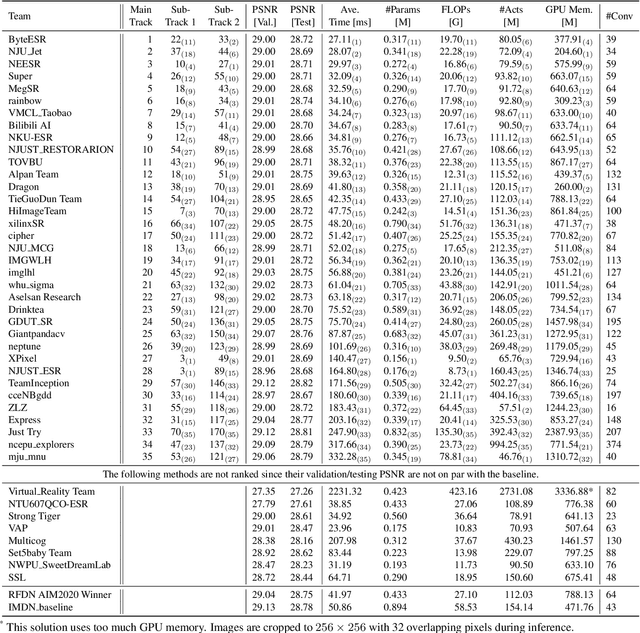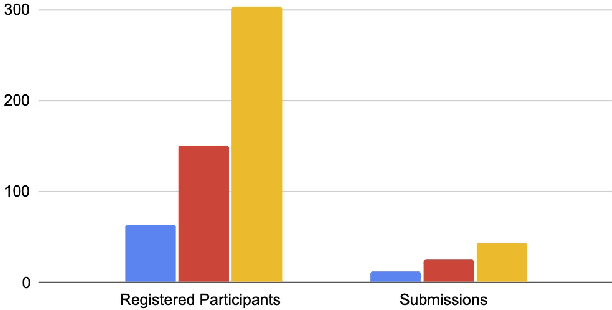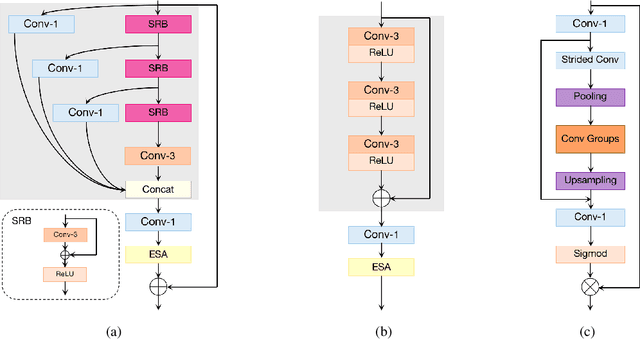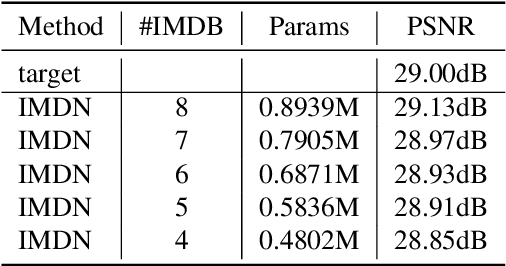Wenxue Guan
Preserving Cardiac Integrity: A Topology-Infused Approach to Whole Heart Segmentation
Oct 14, 2024Abstract:Whole heart segmentation (WHS) supports cardiovascular disease (CVD) diagnosis, disease monitoring, treatment planning, and prognosis. Deep learning has become the most widely used method for WHS applications in recent years. However, segmentation of whole-heart structures faces numerous challenges including heart shape variability during the cardiac cycle, clinical artifacts like motion and poor contrast-to-noise ratio, domain shifts in multi-center data, and the distinct modalities of CT and MRI. To address these limitations and improve segmentation quality, this paper introduces a new topology-preserving module that is integrated into deep neural networks. The implementation achieves anatomically plausible segmentation by using learned topology-preserving fields, which are based entirely on 3D convolution and are therefore very effective for 3D voxel data. We incorporate natural constraints between structures into the end-to-end training and enrich the feature representation of the neural network. The effectiveness of the proposed method is validated on an open-source medical heart dataset, specifically using the WHS++ data. The results demonstrate that the architecture performs exceptionally well, achieving a Dice coefficient of 0.939 during testing. This indicates full topology preservation for individual structures and significantly outperforms other baselines in preserving the overall scene topology.
NTIRE 2022 Challenge on Efficient Super-Resolution: Methods and Results
May 11, 2022



Abstract:This paper reviews the NTIRE 2022 challenge on efficient single image super-resolution with focus on the proposed solutions and results. The task of the challenge was to super-resolve an input image with a magnification factor of $\times$4 based on pairs of low and corresponding high resolution images. The aim was to design a network for single image super-resolution that achieved improvement of efficiency measured according to several metrics including runtime, parameters, FLOPs, activations, and memory consumption while at least maintaining the PSNR of 29.00dB on DIV2K validation set. IMDN is set as the baseline for efficiency measurement. The challenge had 3 tracks including the main track (runtime), sub-track one (model complexity), and sub-track two (overall performance). In the main track, the practical runtime performance of the submissions was evaluated. The rank of the teams were determined directly by the absolute value of the average runtime on the validation set and test set. In sub-track one, the number of parameters and FLOPs were considered. And the individual rankings of the two metrics were summed up to determine a final ranking in this track. In sub-track two, all of the five metrics mentioned in the description of the challenge including runtime, parameter count, FLOPs, activations, and memory consumption were considered. Similar to sub-track one, the rankings of five metrics were summed up to determine a final ranking. The challenge had 303 registered participants, and 43 teams made valid submissions. They gauge the state-of-the-art in efficient single image super-resolution.
 Add to Chrome
Add to Chrome Add to Firefox
Add to Firefox Add to Edge
Add to Edge